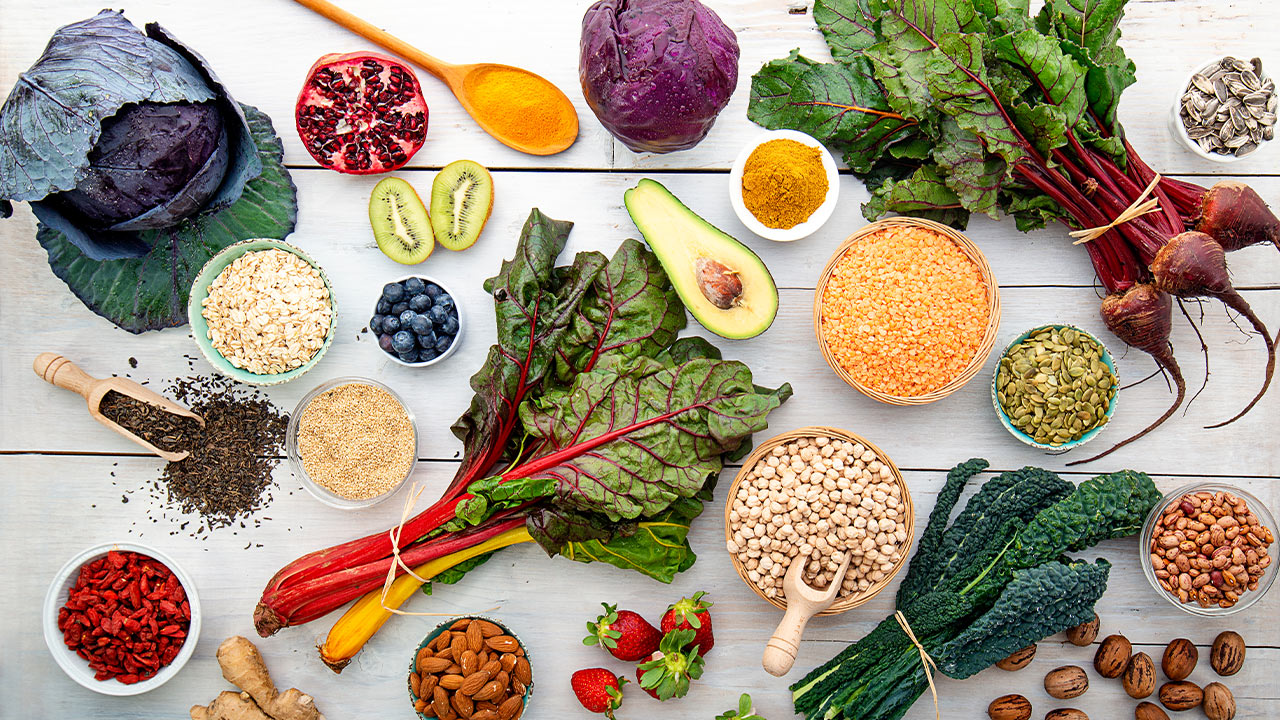Simple Ways to Add More Fiber to your Day

Hey Angels and Alphas,
Fiber has been the unsung hero in creating sustainable diets, weight loss results, and lasting health. Not only does it keep our gut microbiome healthy, but it also removes waste from our bodies, helping us maintain our healthy weight. Higher consumption also tends to lead to a lower risk of diabetes, heart disease, stroke, and all types of cancer.
With all that being said, a large part of the population is still not getting in the required daily amounts of fiber even though fiber is in most healthy food options in local stores.
That’s why today, we’ll be talking about how you can add extra fiber to your day and sneak in rich fiber sources that will fuel your diet and spark a healthy change in your entire diet and lifestyle.
First of all, what is fiber exactly?
Fiber is an indigestible carb. Fiber passes through your digestive tract relatively undigested and it’s only found in plant-based foods.
Fiber comes in two types: soluble and insoluble. As a general rule of thumb, soluble fiber is found on the inside of the plant while insoluble fiber is usually found on the outside of the fruit. The skin of an apple has insoluble fiber, while the inside is mostly soluble. Fiber-rich foods are made of both types though the body uses them in different ways.
SOLUBLE FIBER basically dissolves in water just like other bodily fluids. As it moves through the digestive tract, it creates a gel-like substance and absorbs water. Once it reaches your colon, it’s fermented by bacteria and this produces short-chain fatty acids such as butyrate, improving overall gut health and fueling your gut cells.
The benefits include lowering LDL and total blood cholesterol, stabilizing blood glucose levels, increasing fullness and delaying hunger, and improving immunity and gut health.
INSOLUBLE FIBER doesn’t dissolve in water – it absorbs it. While insoluble fiber is basically not fermented by the bacteria in the colon, it still has a massive positive effect on the body.
How much fiber should you really be consuming?
The recommended intake for dietary fiber on a 2,000-calorie diet is about 25 grams a day for women and 38 grams for men. That said, while some people can easily handle that higher intake, others can manage on less.
So where do we find great sources of fiber we can easily include in our day?
If you’re looking for soluble fiber, you can try:
- Chia seeds
- Flaxseeds
- Hemp seeds
- Most beans
- Brussel sprouts
- Sweet potato
- Broccoli
- Avocado
- Berries
- Pears
- Dried fruit
- Apples
- Oats
Sources of insoluble fiber include beans and lentils, green peas, okra, corn, fruits with seeds, leafy greens like spinach, and most whole grains.
Here’s how to go about increasing your fiber intake:
To get your necessary daily intake of fiber, you don’t have to do all that much. But it can be hard on a busy schedule or you’re not eating many fruits or veggies throughout the day.
Here are a few tips you can instantly use:
- Add beans to your salads.
- Eat fruits and veggies with their skin on (even potatoes.)
- Sprinkle hemp or flex seeds onto your salads or in your soups.
- Add chia seeds to your smoothies.
- Replace pasta with bean-based or whole-wheat versions.
- Bake using high-fiber flours.
- Choose breads, wraps, and rolls that have at least 5 grams of fiber in each serving.
The bottom line is…
Getting in your necessary daily dose of fiber can go a long way toward improving your overall health, lowering your risk of dangerous diseases, and keeping you satiated so you have an easier time achieving weight loss.
A diet that’s rich in veggies, nuts, seeds, whole grains, and legumes is naturally high in fiber, and adopting this way of dieting can be one of the best ways to manage weight, stay full between meals, cut down your cravings, curb your appetite, and all while keeping your gut (and the rest of your body) as healthy as they can be.





